Neil Rumming / Feitiço / 14.09 - 28.10 / 2017
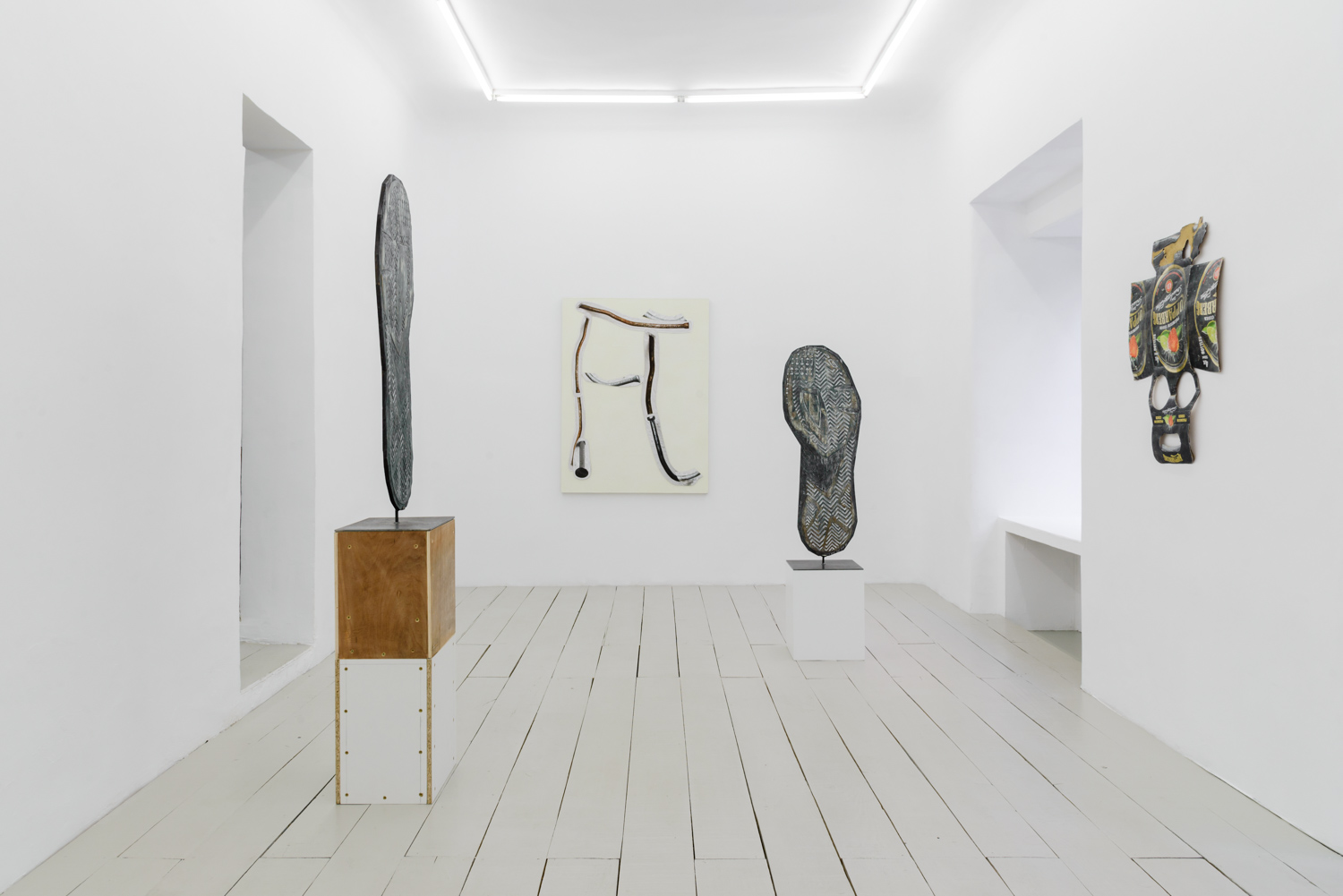
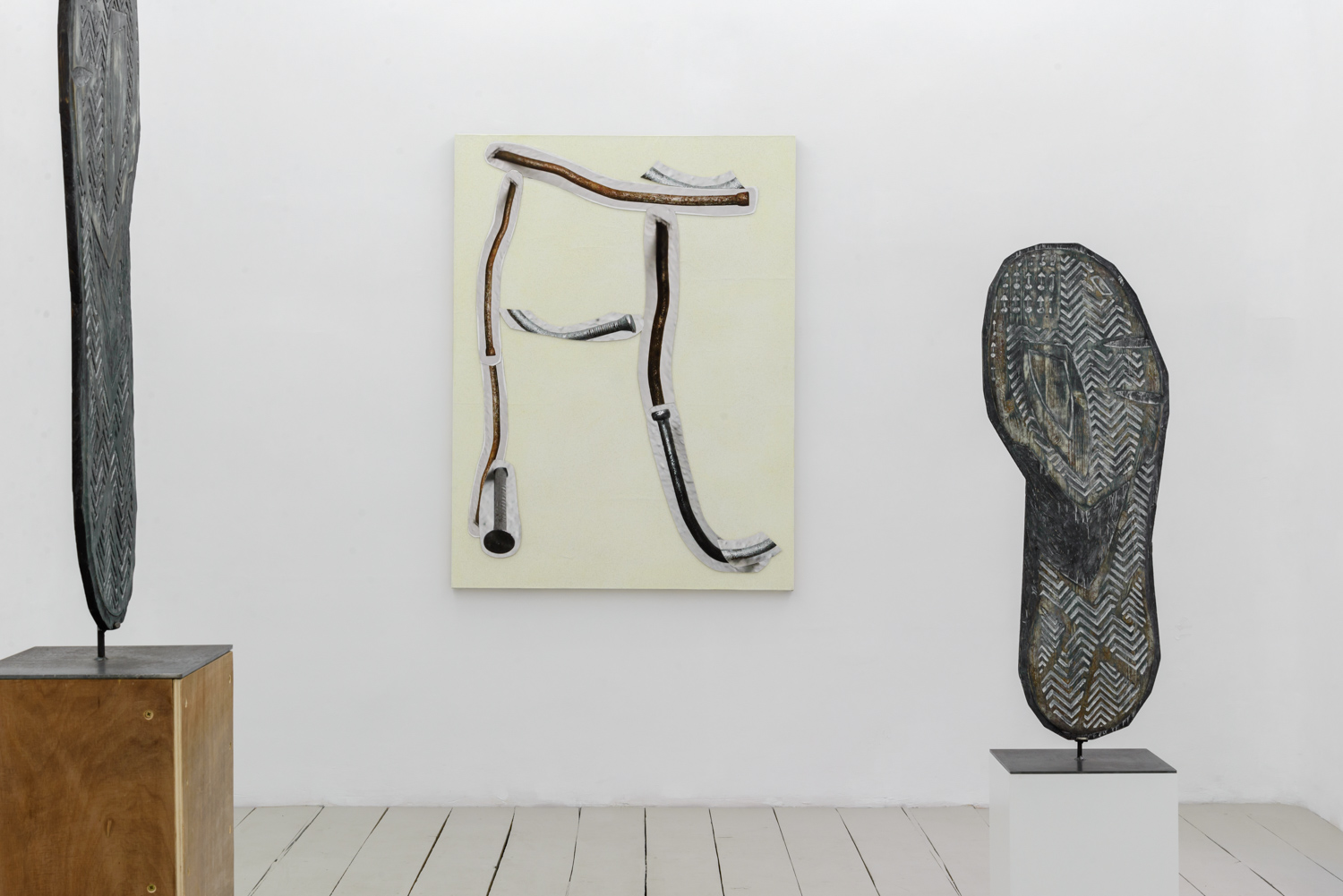
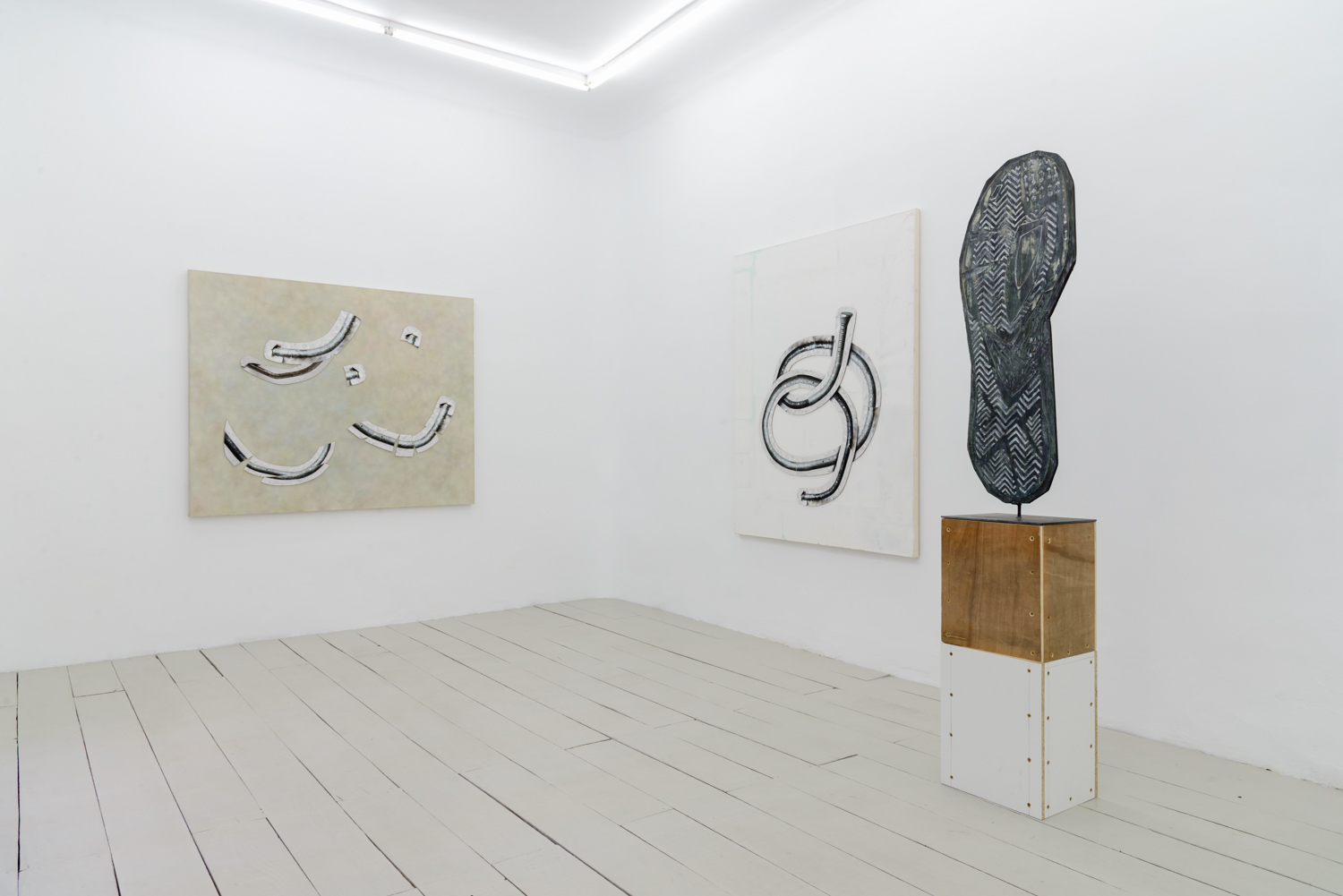
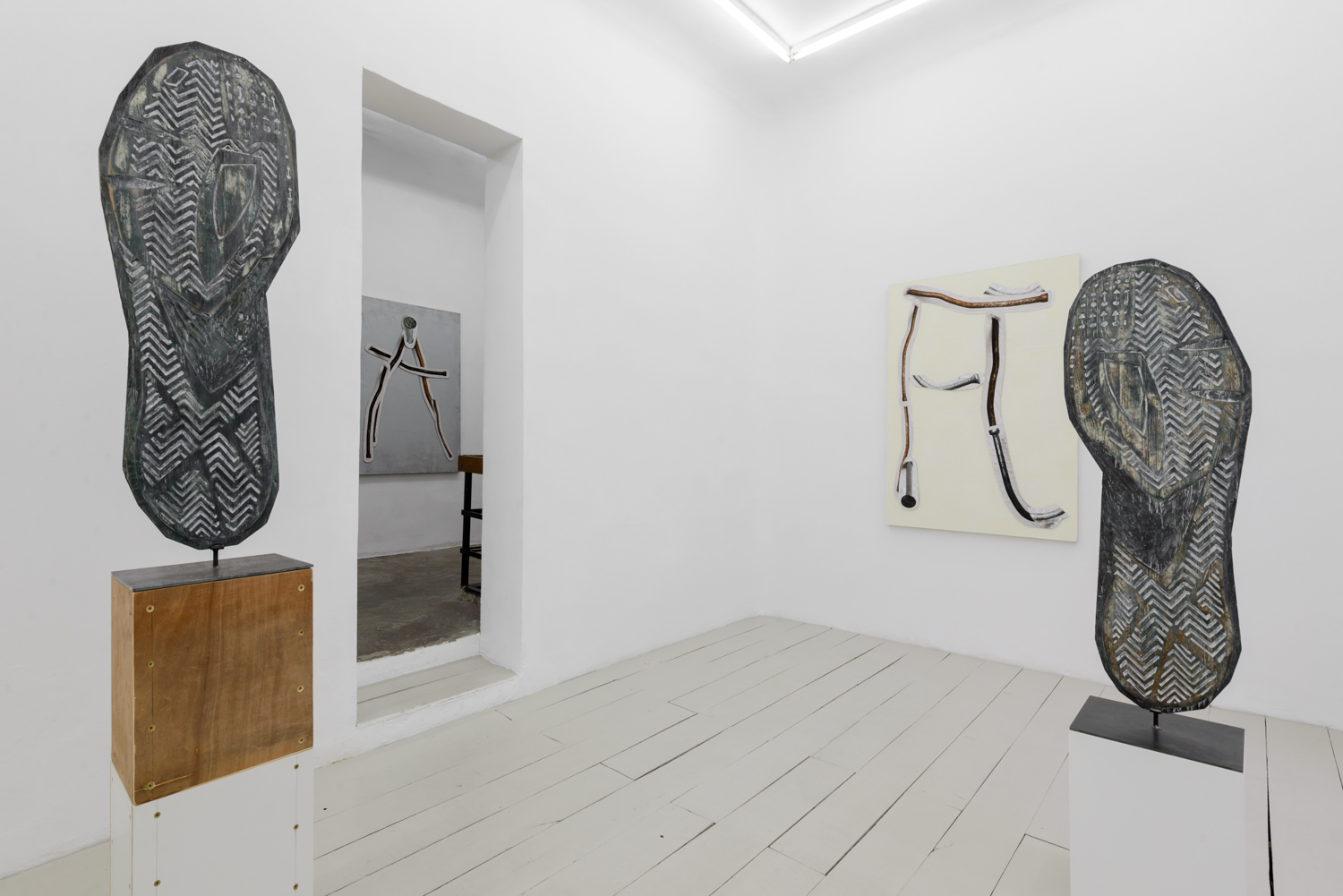
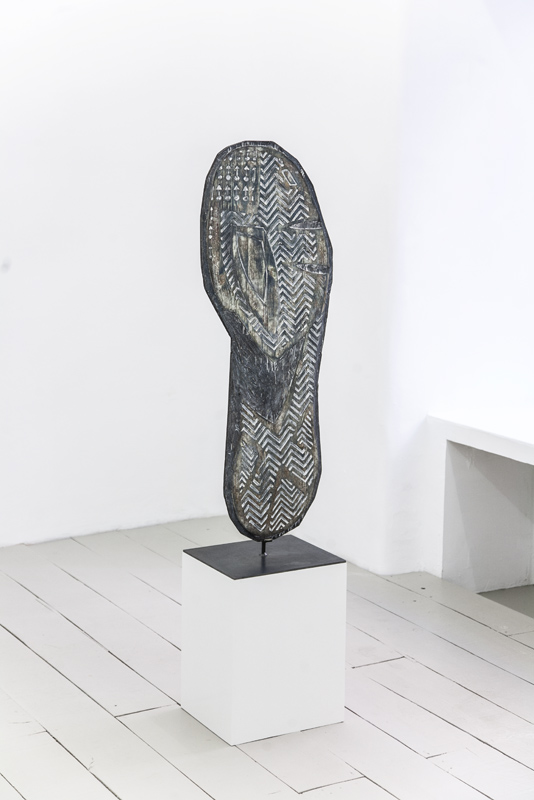
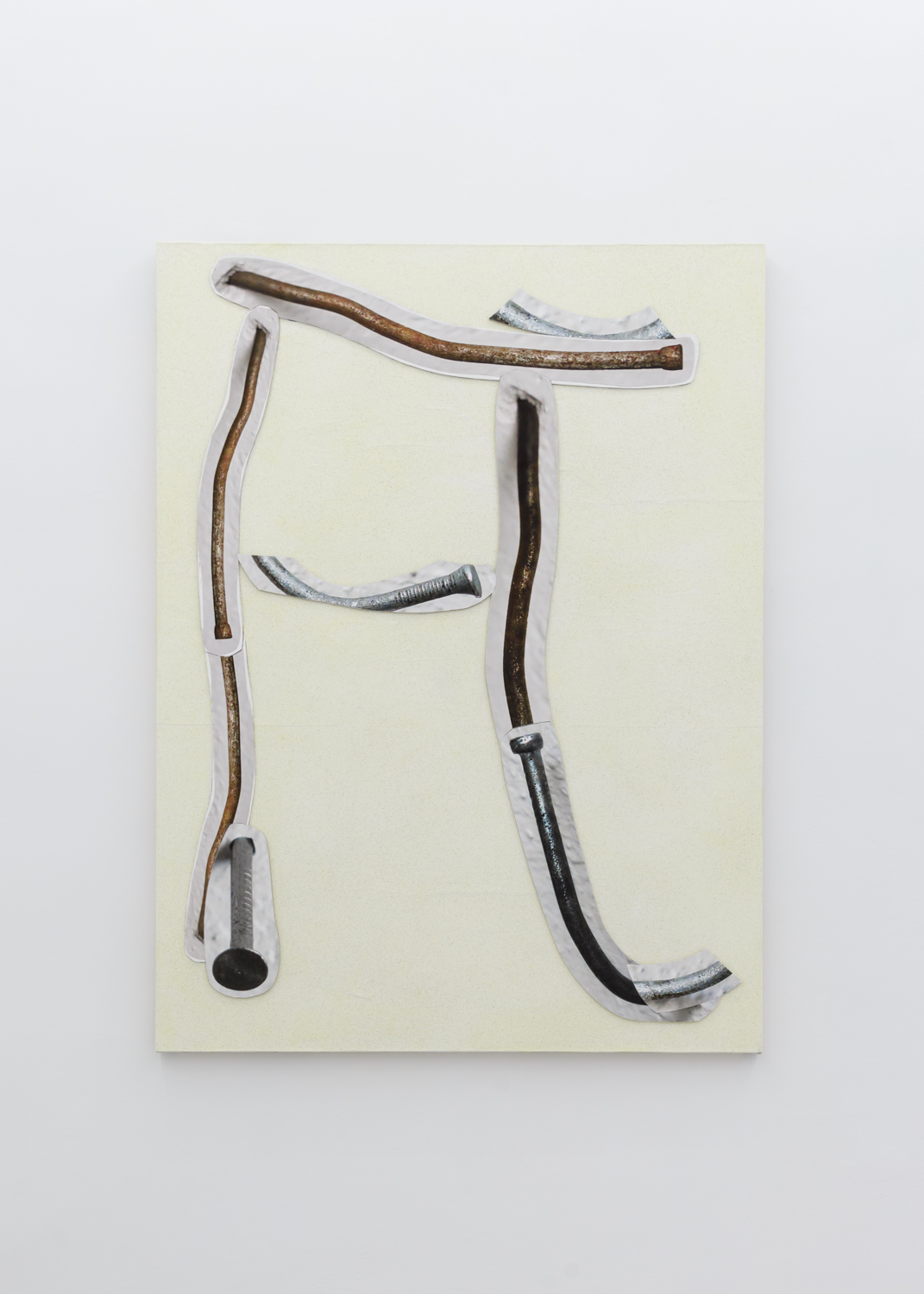
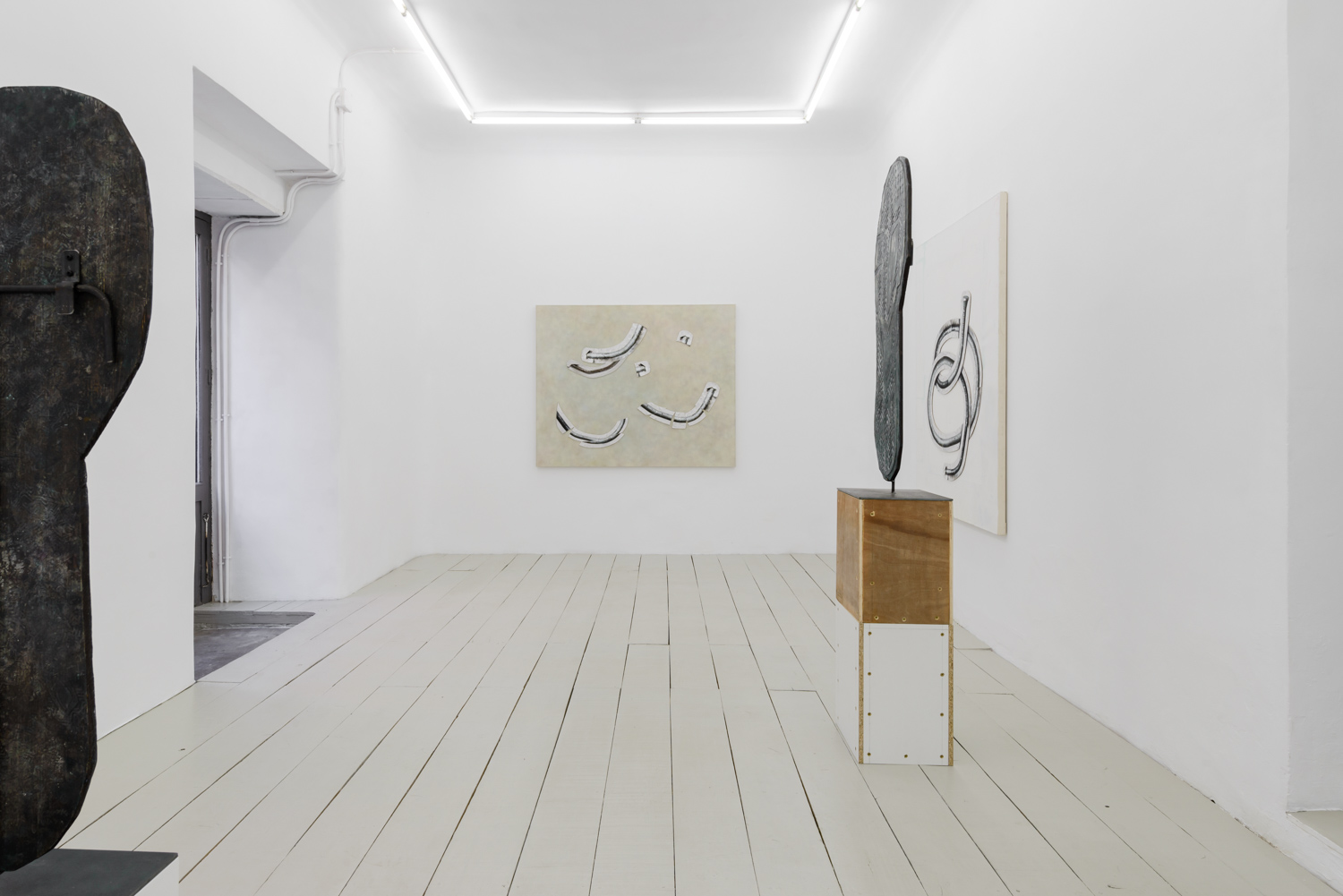
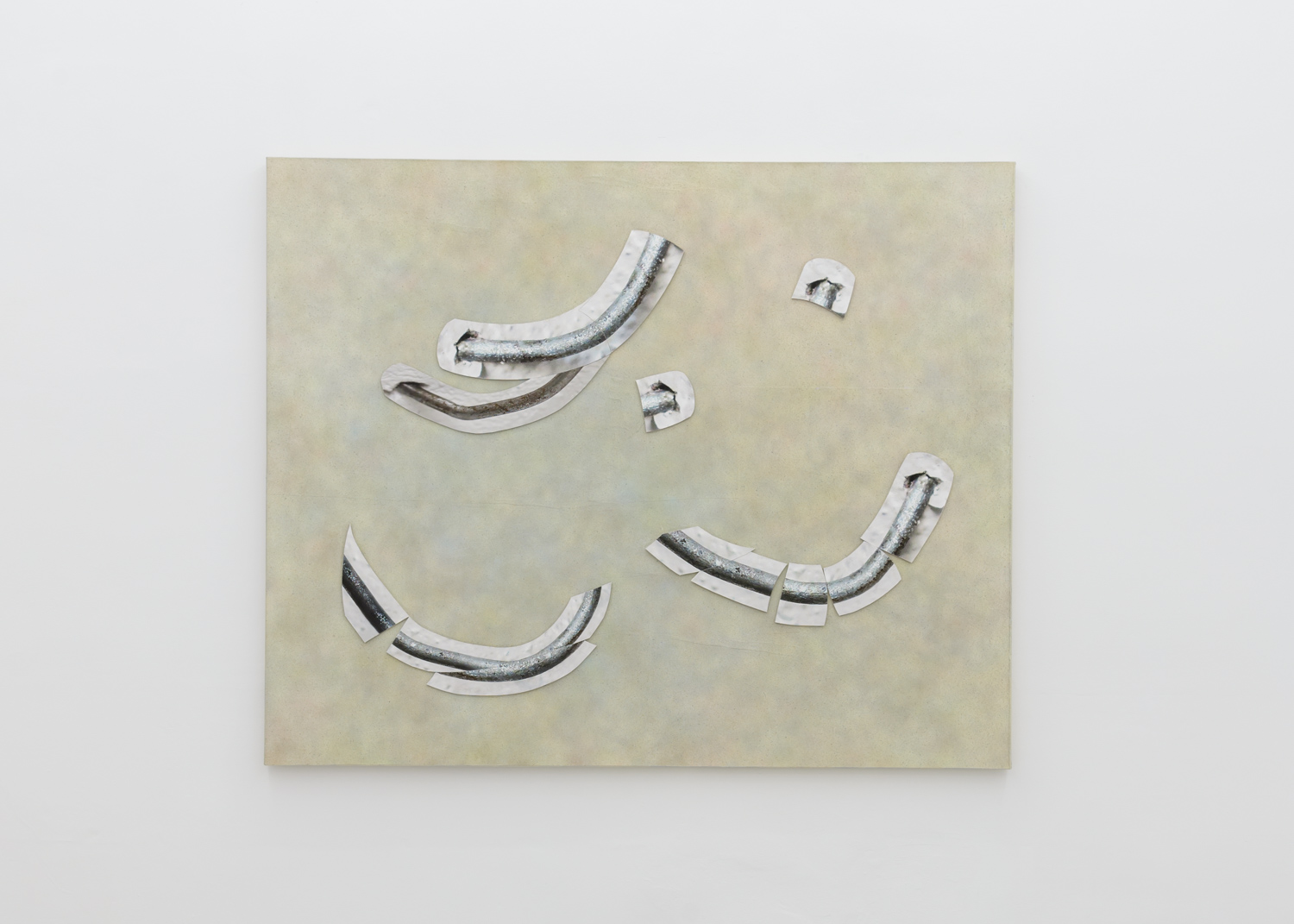
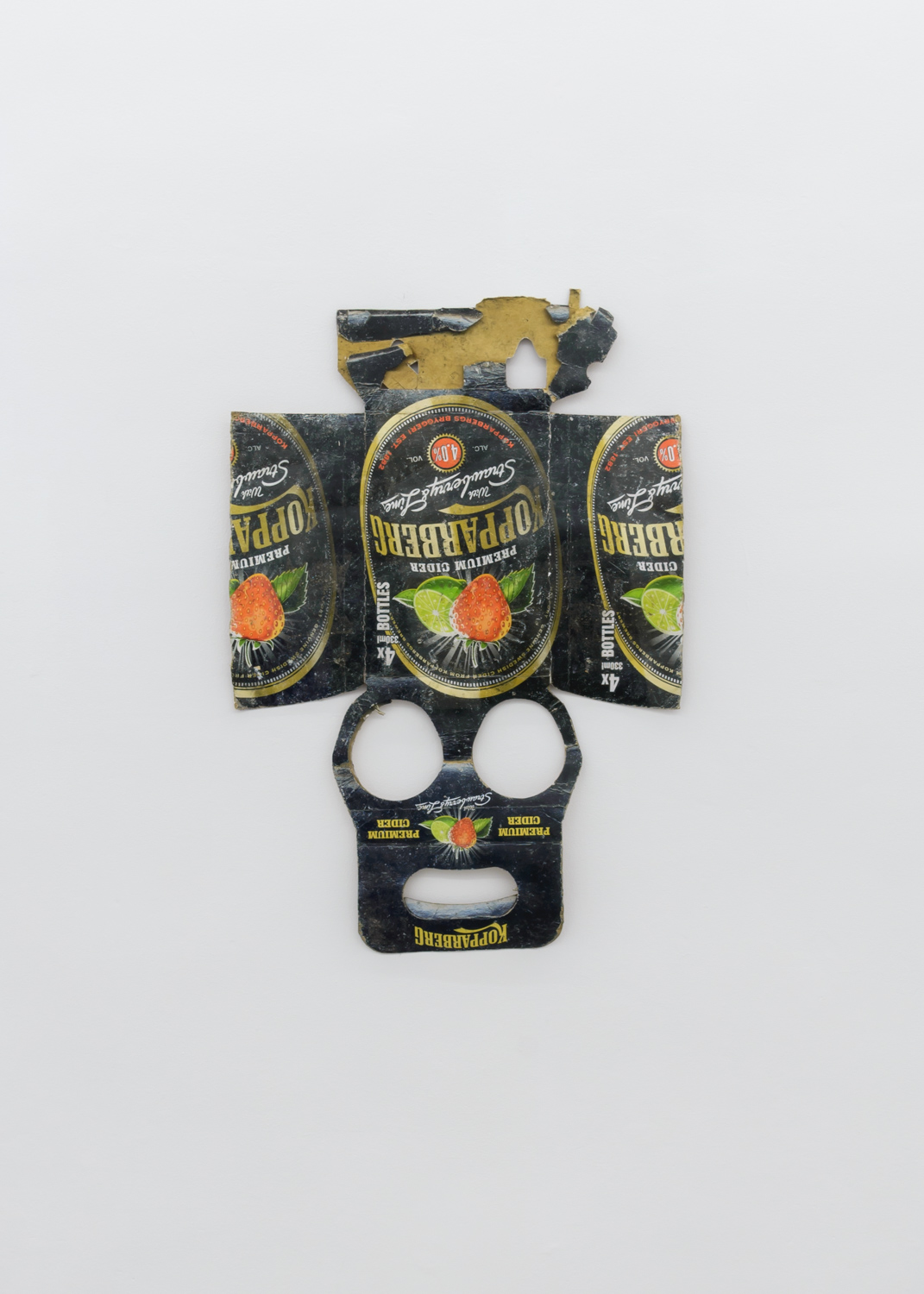
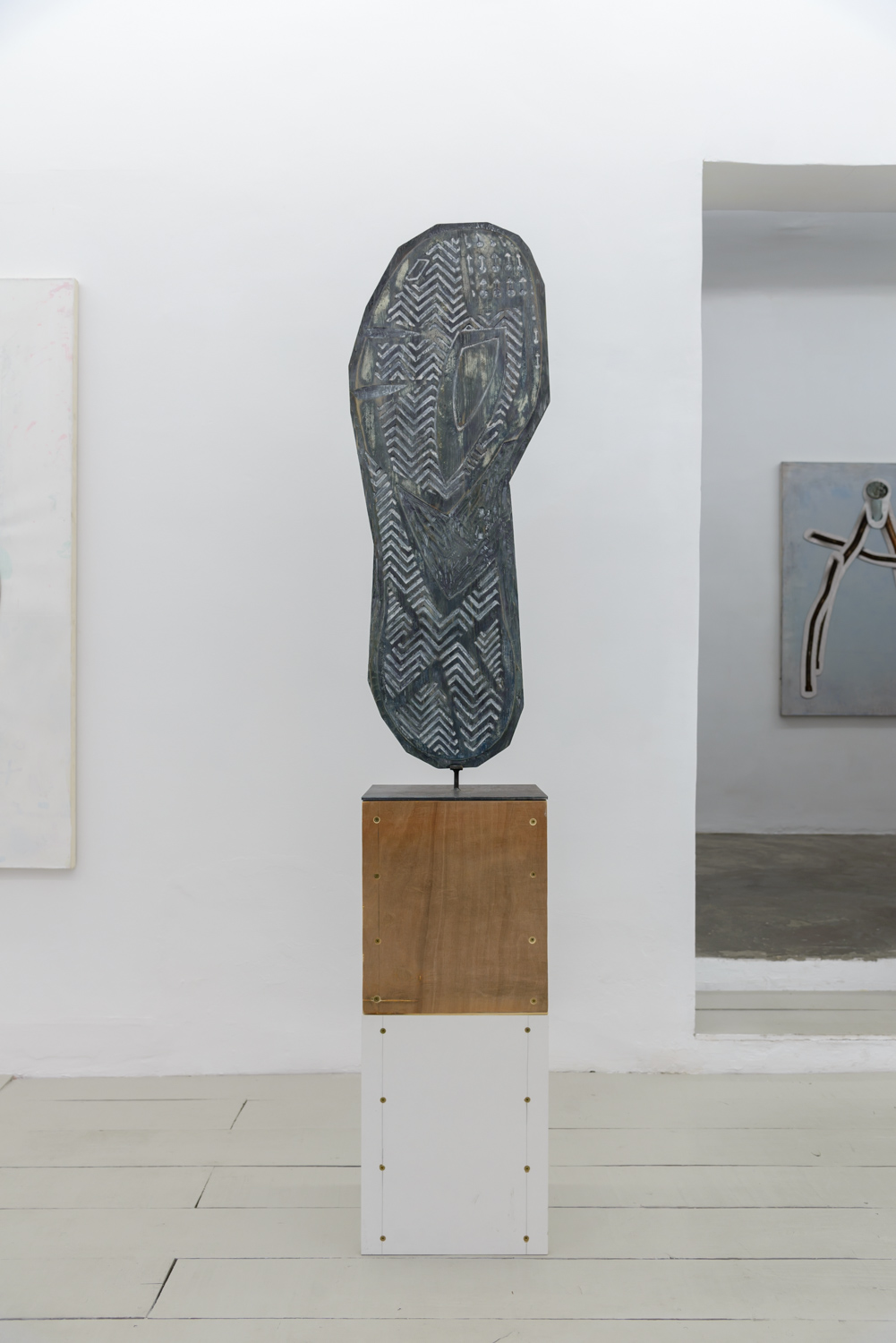
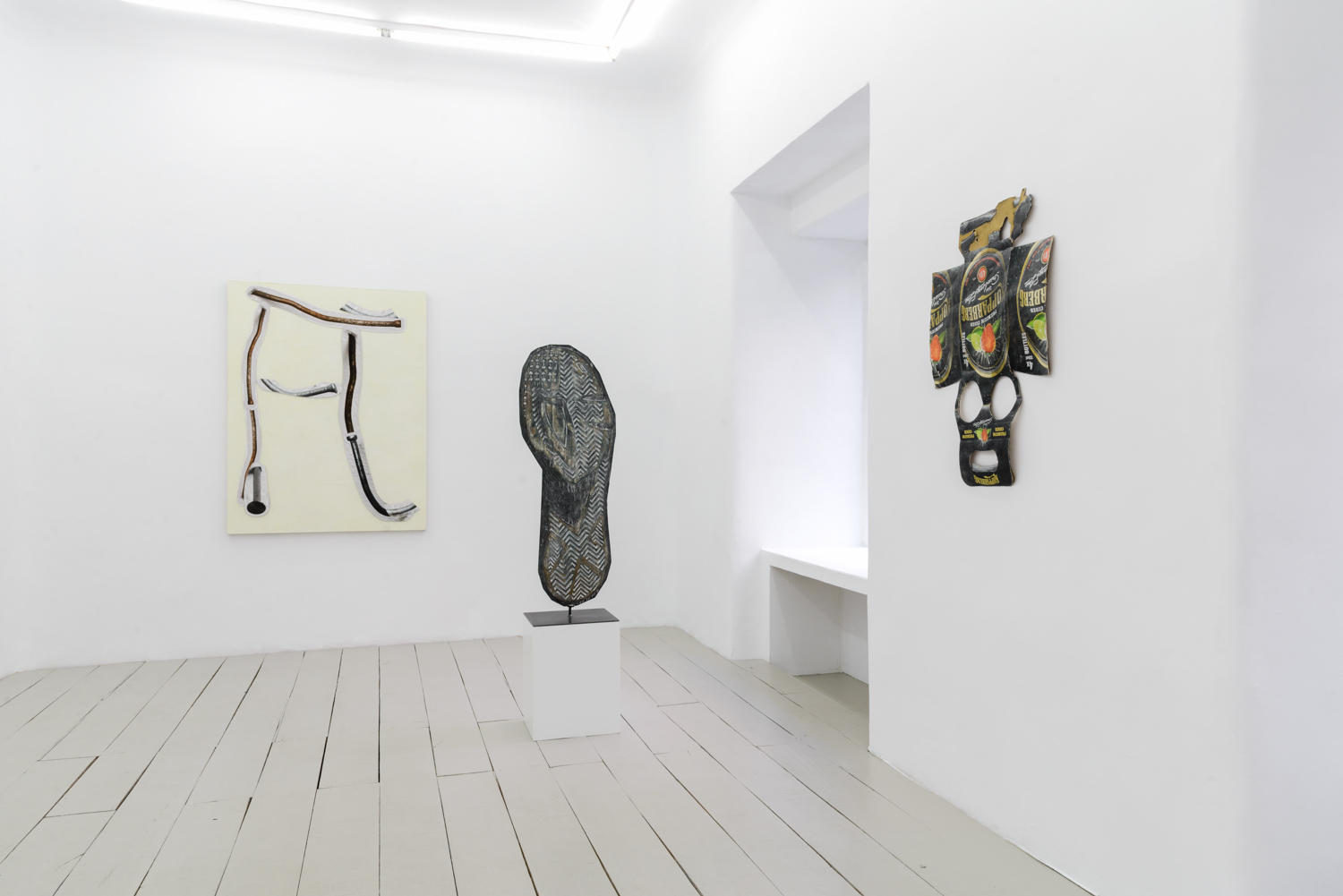
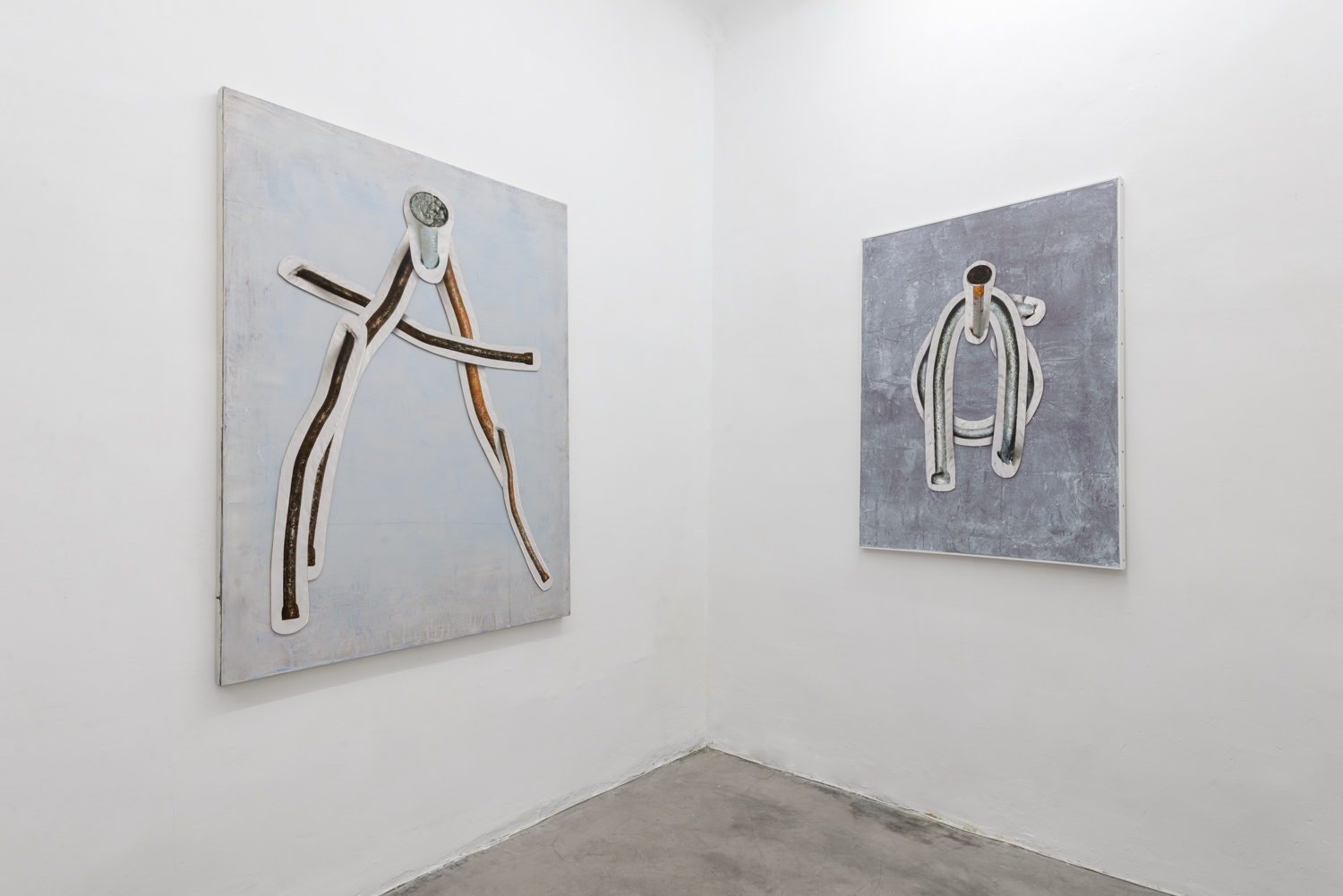
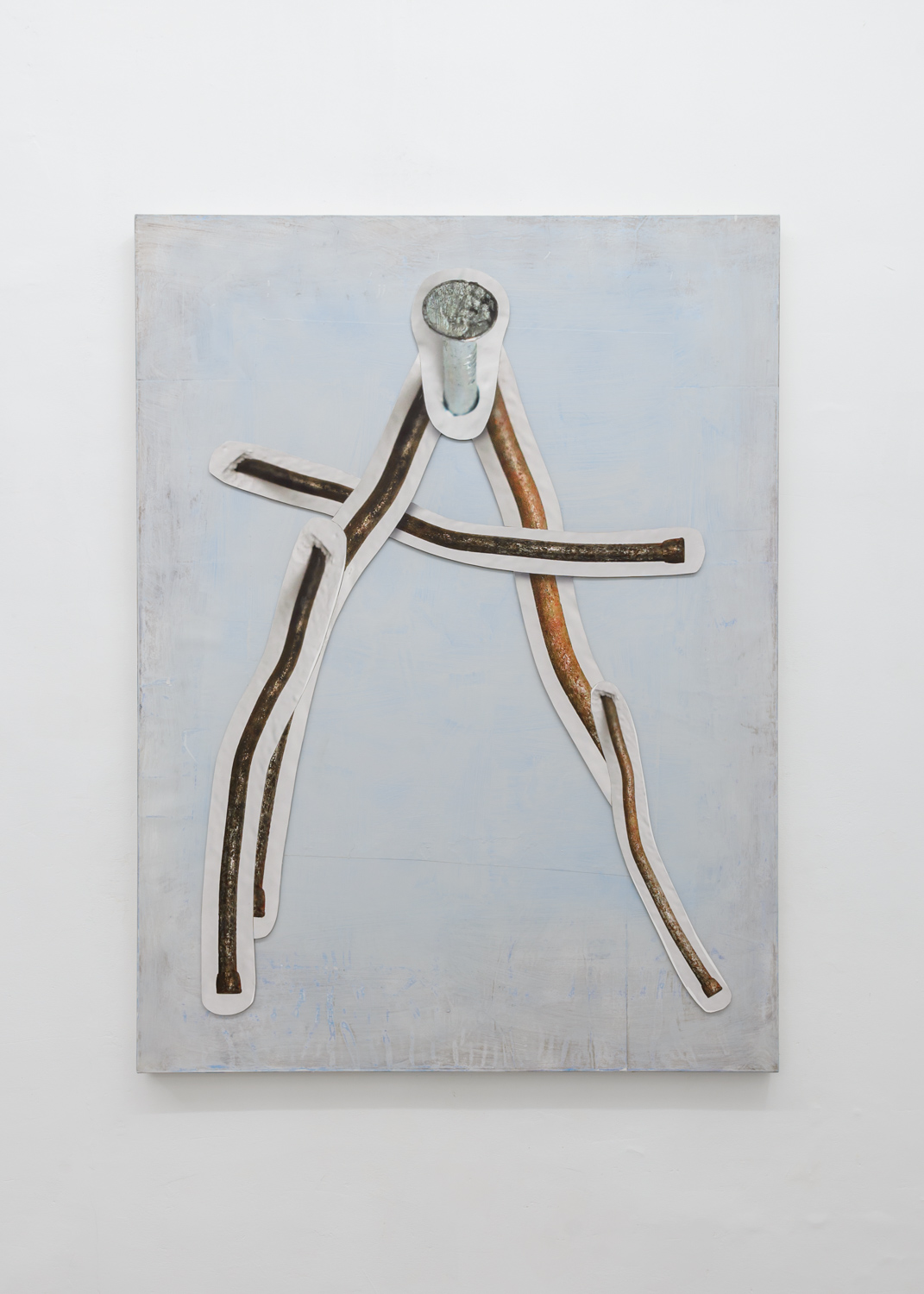
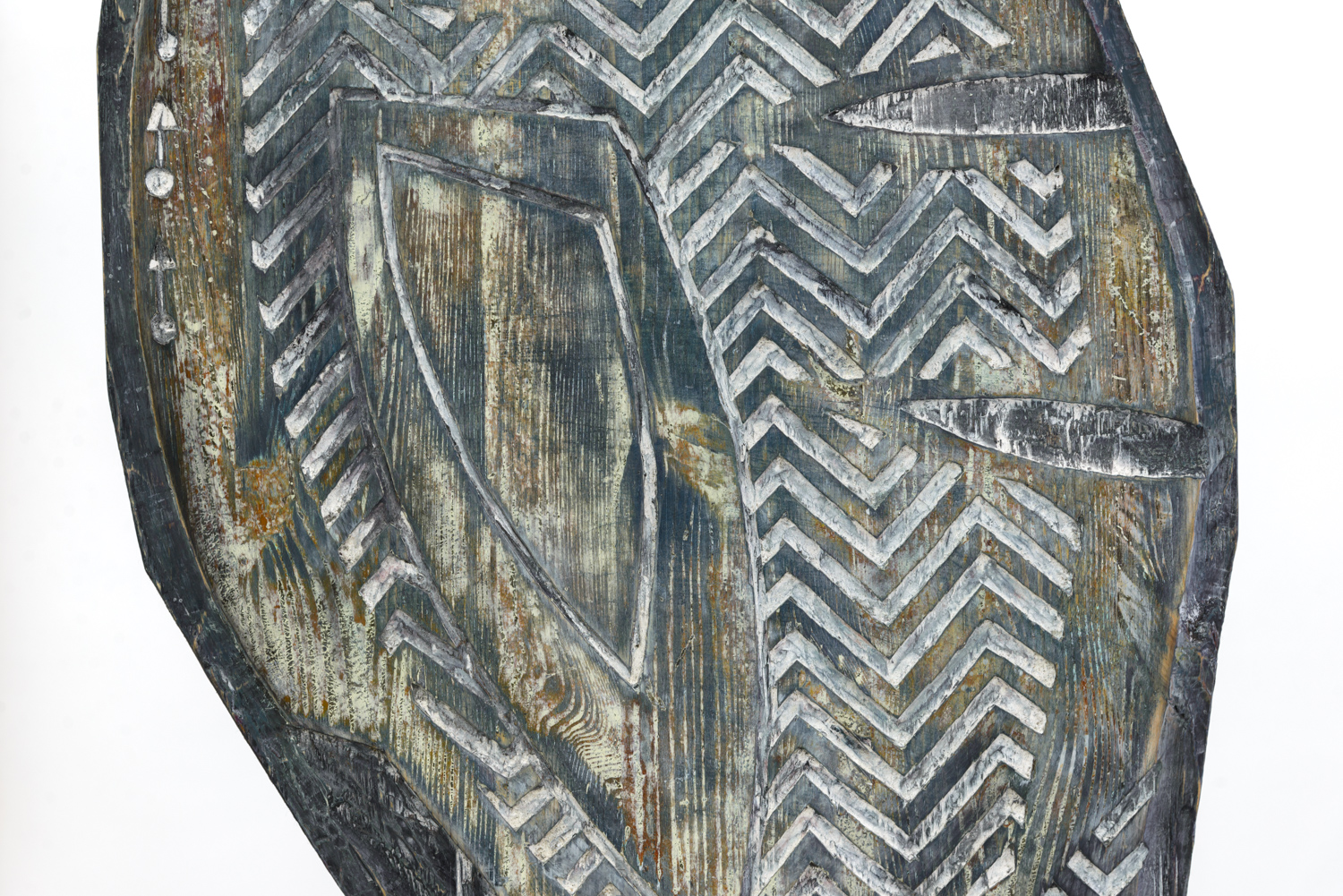
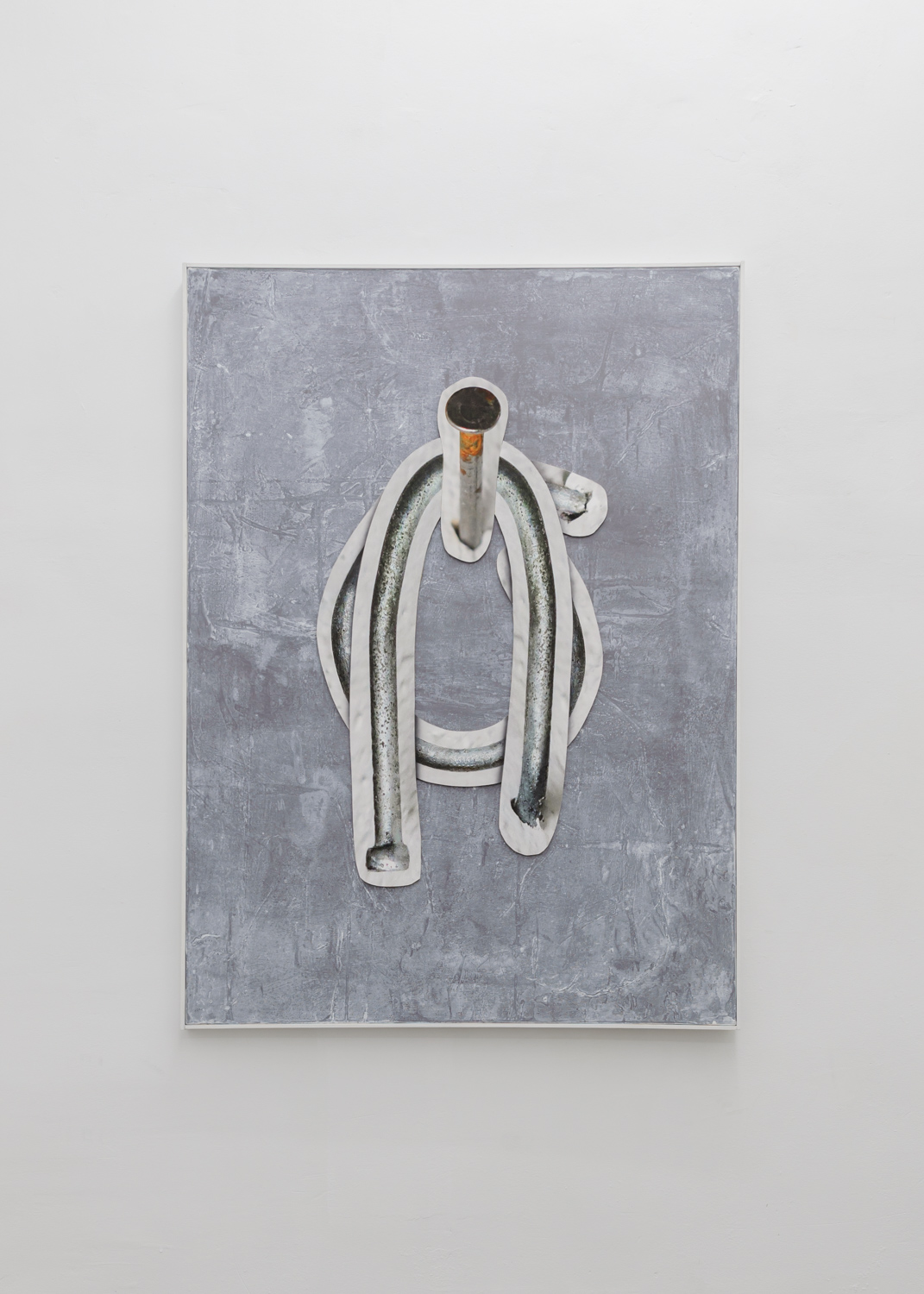
In the novel ‘1984' by George Orwell, the protagonist Winston Smith, a secret rebel, yearns for liberty from the draconian control of Big Brother. During an impulsive walk through the streets of London, Winston purchases a glass paperweight from a junk shop. The paperweight is a heavy lump of glass, embedded in which is a strange pink convoluted object that recalled a rose or sea anemone. For the character Winston, this ornamental object represented something queer, outside the boundaries of the everyday and thereby becoming a conduit through which to project different conditions of being and alternate ways of thinking; allowing him to dream of other possibilities that had been previously oppressed.
The way we interact with objects is based upon specific social values that could infer a certain status or membership to a specific group. The fetish quality of an object can be manufactured and consumed through its branding, cultural status and high production values. When these capacities are overdetermined and the notion of value is associated with an exchange value rather than one of production, the object takes on a significance that is over and beyond its simple consumption. The word fetish derives from the Latin word ‘facticius' an adjective, meaning "made by art" or "artificial". This was translated into the Portuguese noun "feitiço" meaning ‘charm, spell, sorcery'.
When does an object move beyond its original determined value into an overdetermined sign that is not merely consumed but is enjoyed at a level of fantasy, desire and reverence? The fetish paintings are a reflection upon the rituals of African Shaman who use nails hit into carved wooden figures to grant wishes or to dispel unwanted curses for members of its tribe. The original man-made application of the nail is supplanted and elevated to the status of magic, sorcery and wish fulfillment.
Alongside the paintings are two over-sized intricate carved wooden panels that are exact copies of the soles of the artist's studio shoes. The viewer is asked to examine a piece of overlooked tread design from a pair of HI-TEC® squash trainers, which has been re-presented as a ritualistic or ceremonial object. The carvings are not straightforward reproductions but re-authored simulations, which attempt to alter and shift the viewer's understanding of the design's original meaning, value and application.